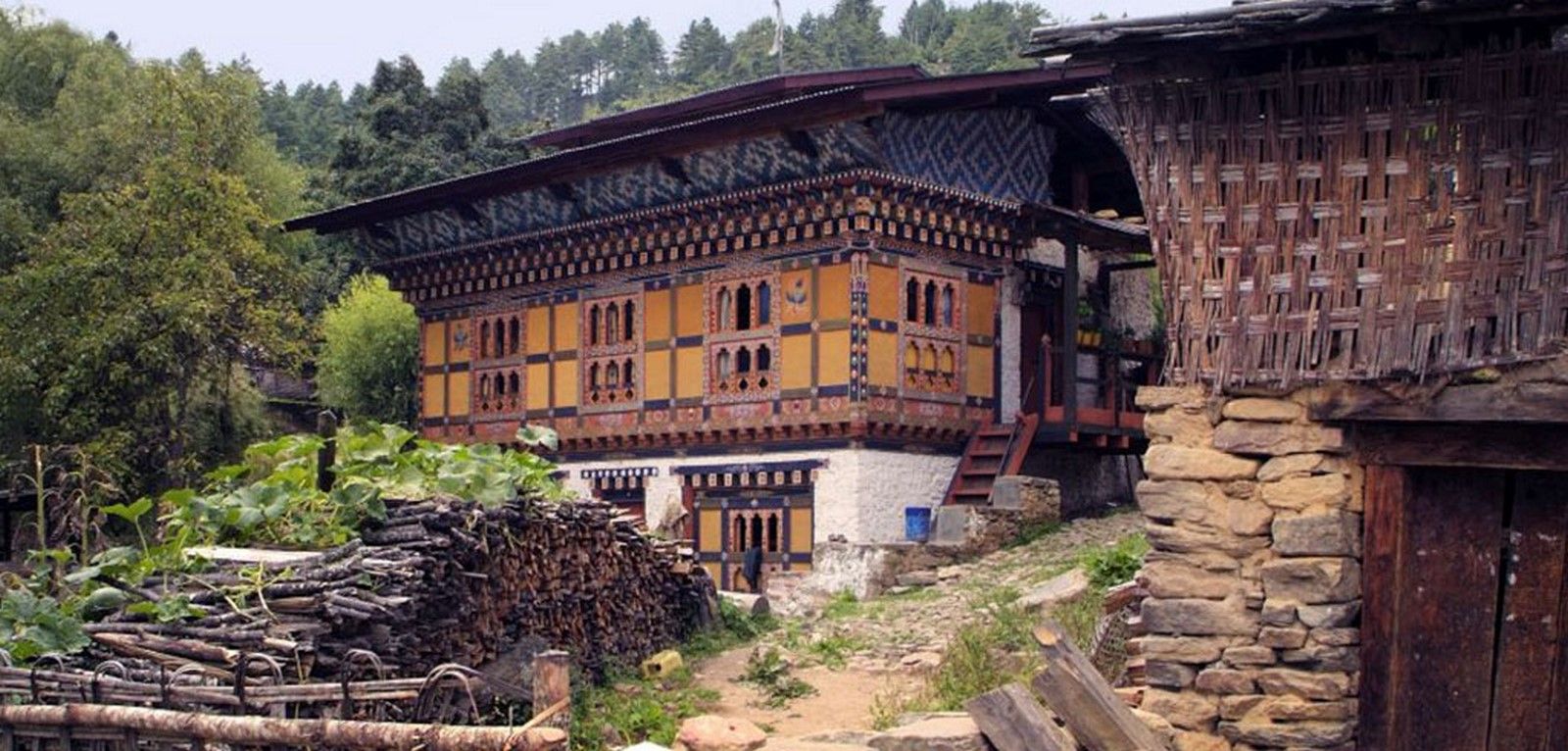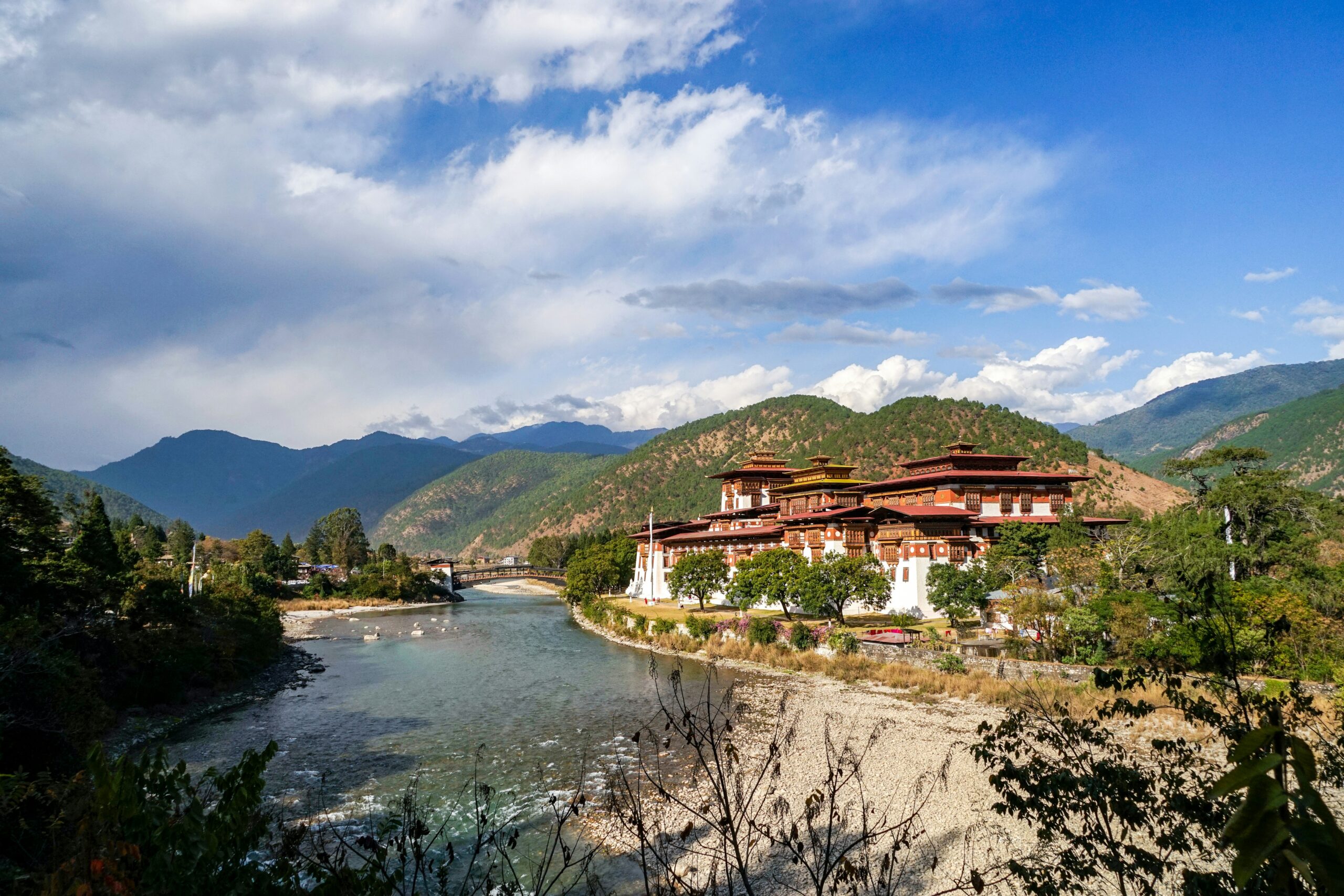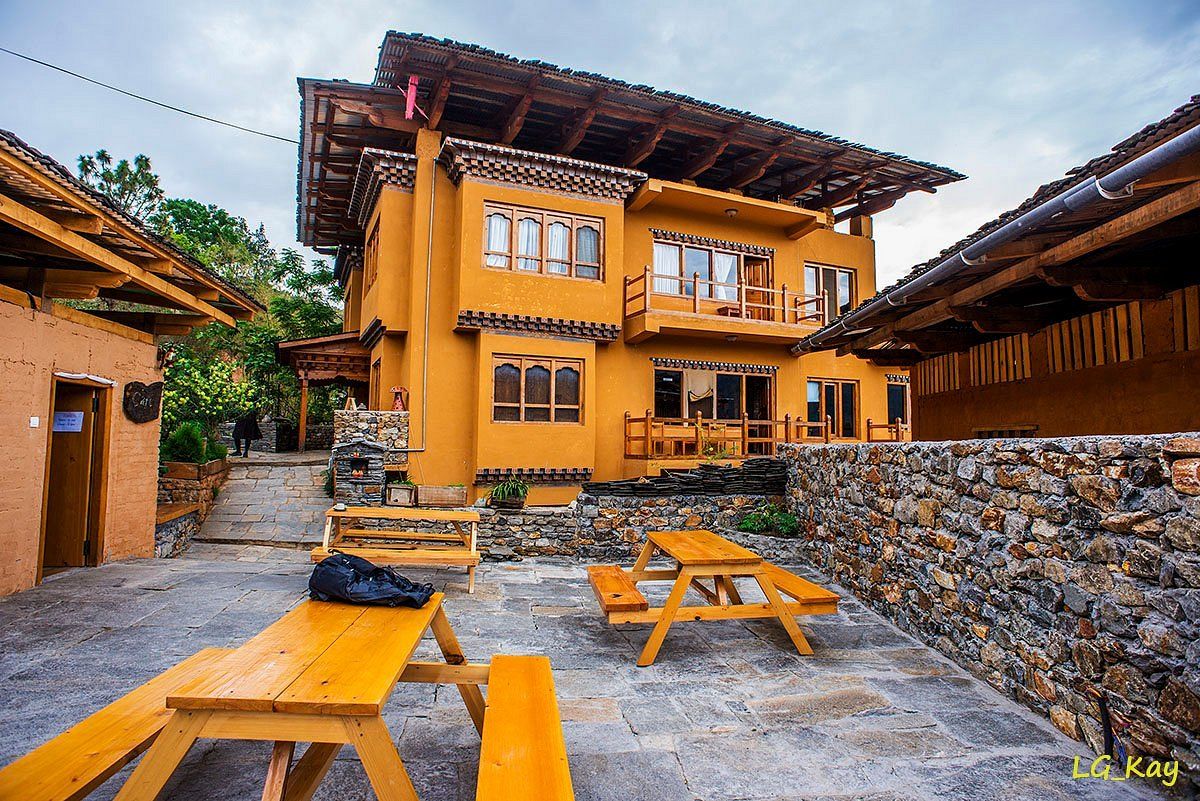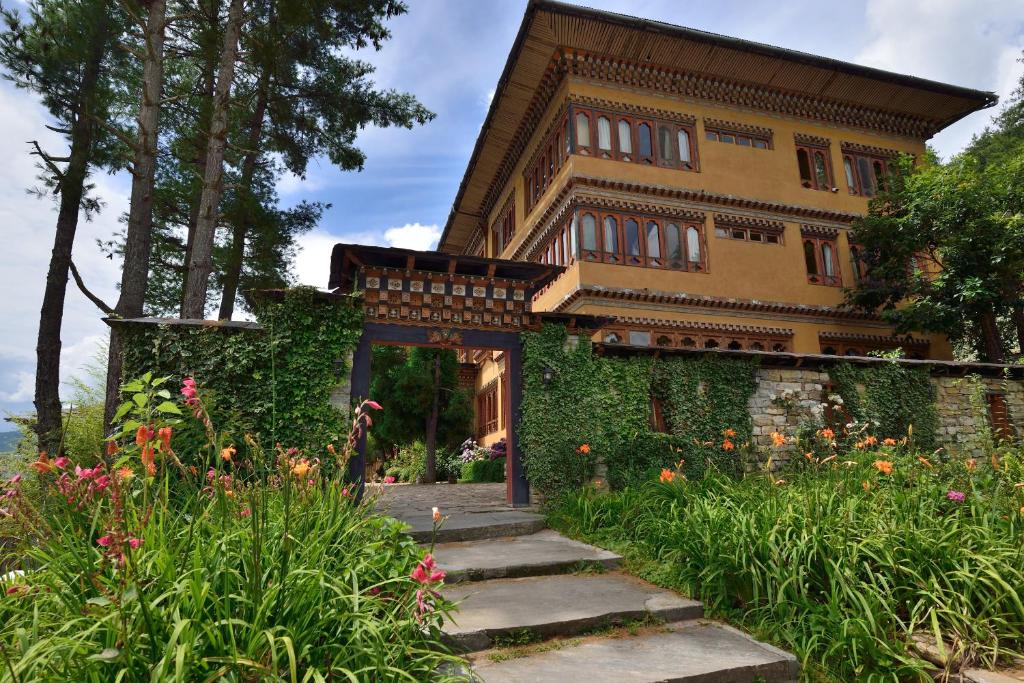Are you going to Bhutan and want to enjoy Bhutanese hill stations which will give you unforgettable memories whether you go alone or with friends or with your family your trip will be highly exciting and enjoyable which will make people with you feel happy In which we will help you completely and it will be our responsibility to make this journey pleasant and comfortable.
Bhutan, often called the “Land of the Thunder Dragon”, is famous for its breathtaking natural landscapes, vibrant culture and rich heritage. One of its many treasures are the majestic hill stations spread across the state, each offering a unique blend of natural beauty, cultural significance and spiritual peace. Let’s embark on a journey to discover these enchanting destinations:
1. Paro: A Fairytale Valley
Overview
Paro, ensconced within verdant landscapes, captivates visitors with its ethereal allure and rich historical heritage. At the heart of Paro’s enchantment lies the iconic Paro Taktsang, affectionately referred to as the Tiger’s Nest Monastery, perched dramatically atop a lofty cliff. This architectural marvel, resembling a fairytale castle, beckons adventurers and pilgrims alike to embark on a journey of both physical and spiritual elevation.

Accessible via a thrilling hike through dense forests, the monastery offers not only breathtaking views of the surrounding valley but also a profound sense of peace and wonder upon arrival. As visitors stand in awe of this sacred sanctuary against the backdrop of Paro’s natural splendor, they are transported into a realm where history, spirituality, and natural beauty converge in perfect harmony.
Highlights
– Paro Takhtsang: This monastery, resembling a fairytale castle, is reached via an exciting walk through the forest, offering breathtaking views of the valley.
– Historical Sites: Paro is full of historical sites that tell fascinating stories of the past, adding depth to its cultural heritage.
Experience
Visiting Paro is like stepping into a dream, where nature meets history in perfect harmony. The view of the monastery against the backdrop of the valley evokes a feeling of wonder and awe, leaving an indelible mark on the memory of every visitor.
2. Thimphu: Harmony of tradition and modernity
Overview
Thimphu, the bustling capital of Bhutan, serves as a living testament to the kingdom’s harmonious integration of tradition and modernity. Amidst its vibrant streets, ancient temples stand as timeless monuments to Bhutan’s rich cultural heritage, their intricate architecture and sacred rituals preserving centuries-old traditions. Yet, alongside these revered landmarks, modern buildings rise skyward, reflecting Bhutan’s progressive ethos and aspirations.

The juxtaposition of ancient and contemporary elements creates a dynamic urban landscape, where the echoes of the past resonate alongside the rhythms of modern life. As visitors navigate Thimphu’s streets, they are enveloped in a captivating blend of the old and the new, where tradition and innovation coexist in seamless harmony, defining the city’s unique charm and character.
Highlights
– Tashicho Dzong: A grand fortress monastery, Tashicho Dzong is a testament to Bhutan’s rich culture, adorned with colorful paintings and intricate carvings.
– Local Lifestyle: Exploring Thimphu provides an insight into the Bhutanese lifestyle, from bustling markets to delicious cuisine and interacting with friendly locals.
Experience
Thimphu offers a glimpse of Bhutan’s past and future, inviting travelers to immerse themselves in its cultural tapestry and dynamic energy. The city vibrates with life, yet retains its spiritual essence and reverence for tradition.
3. Punakha: Ancient Capital of Serene Beauty
Overview
Punakha, once the seat of Bhutan’s ancient capital, emerges as a serene haven of natural splendor where two rivers converge in harmonious embrace. At the heart of this picturesque landscape stands the magnificent Punakha Dzong, an architectural marvel that seemingly defies gravity as it perches majestically above the flowing waters. With its towering whitewashed walls and intricate design, the dzong commands attention as a symbol of Bhutan’s rich heritage and enduring legacy.

Stepping into its courtyards and halls feels akin to stepping back in time, where the whispers of history echo through the ornate carvings and vibrant murals adorning its walls. As visitors traverse the tranquil surroundings of Punakha, they are enveloped in a sense of peace and awe-inspiring beauty, with the Punakha Dzong serving as a timeless beacon of Bhutan’s cultural and architectural prowess.
Highlights
– Punakha Dzong: This architectural marvel holds a special place in the history of Bhutan, witnessing important royal events and ceremonies.
– Natural Beauty: Surrounded by rice paddies, terraced fields and gentle rivers, Punakha offers a picturesque environment that soothes the soul.
Experience
Wandering through the courtyards and halls of Punakha Dzong feels as if you have stepped back in time, immersed in the grandeur of Bhutan’s heritage. The tranquil environment and natural landscape create an atmosphere of eternal bliss and natural beauty.
4. Phobjikha: Paradise for nature lovers
Overview
Nestled within the folds of Bhutan’s pristine landscapes, Phobjikha Valley emerges as a timeless sanctuary of natural beauty and cultural significance. This ancient hill station, steeped in tradition and tranquility, enchants visitors with its sweeping vistas and untouched wilderness. Yet, it is perhaps best known as the cherished winter refuge of the elegant black-necked crane, whose graceful presence adds a touch of enchantment to the valley’s already mesmerizing scenery.

As travelers explore Phobjikha’s rolling hills and meandering trails, they are greeted by the sight of these majestic birds, their ethereal forms dancing against the backdrop of snow-capped peaks and verdant valleys. Here, amidst the whispering winds and rustling grasslands, one finds solace in the embrace of nature’s grandeur, where the harmony of the natural world unfolds in all its splendor.
Highlights
– Phobjikha Valley: This untouched paradise offers stunning views of the Himalayan mountains and serves as a sanctuary for black-necked cranes during the cold months.
– Beauty of Nature: Exploring Phobjikha allows visitors to reconnect with nature, whether they are looking at cranes or simply enjoying the serene beauty of the valley.
Experience
Phobjikha is a true paradise for nature lovers, where the harmony of mountains, valleys and wildlife creates a sense of peace. It is a place to escape the hustle and bustle of city life and enjoy the beauty of nature.
5. Bumthang: The heart of Bhutan’s culture and traditions
Overview
Nestled amidst the serene valleys of Bumthang lies a sanctuary of cultural richness and spiritual resonance, embodying the very soul of Bhutan. Here, ancient temples and monasteries adorn the landscape, their sacred edifices standing as timeless testaments to the kingdom’s profound spiritual heritage. As visitors traverse the tranquil valleys, they are enveloped in an aura of tranquility and reverence, with each temple and monastery offering a glimpse into Bhutan’s vibrant cultural tapestry.

From the revered Jambay Lhakhang, steeped in legends dating back to the 7th century, to the sacred Kurje Lhakhang, where Guru Rinpoche’s spiritual imprints linger, Bumthang unfolds as a spiritual odyssey through the annals of Bhutanese history. Amidst the whispering winds and prayer flags fluttering in the breeze, travelers find themselves immersed in the essence of Bhutan’s culture and spirituality, leaving an indelible mark on their journey through the kingdom’s heartland.
Highlights
– Jambe Lhakhang: A 7th-century temple that hosts the lively Jambe Lhakhang Drup festival, attracting locals and travelers alike.
– Kurje Lhakhang: A sacred site where Guru Rinpoche meditated, filling the surroundings with a sense of peace and spirituality.
Experience
Bumthang’s tranquil atmosphere and spiritual significance make it a special place to connect with Bhutan’s rich heritage. It is a haven of cultural immersion and spiritual introspection, giving visitors lasting memories of their visit.
















